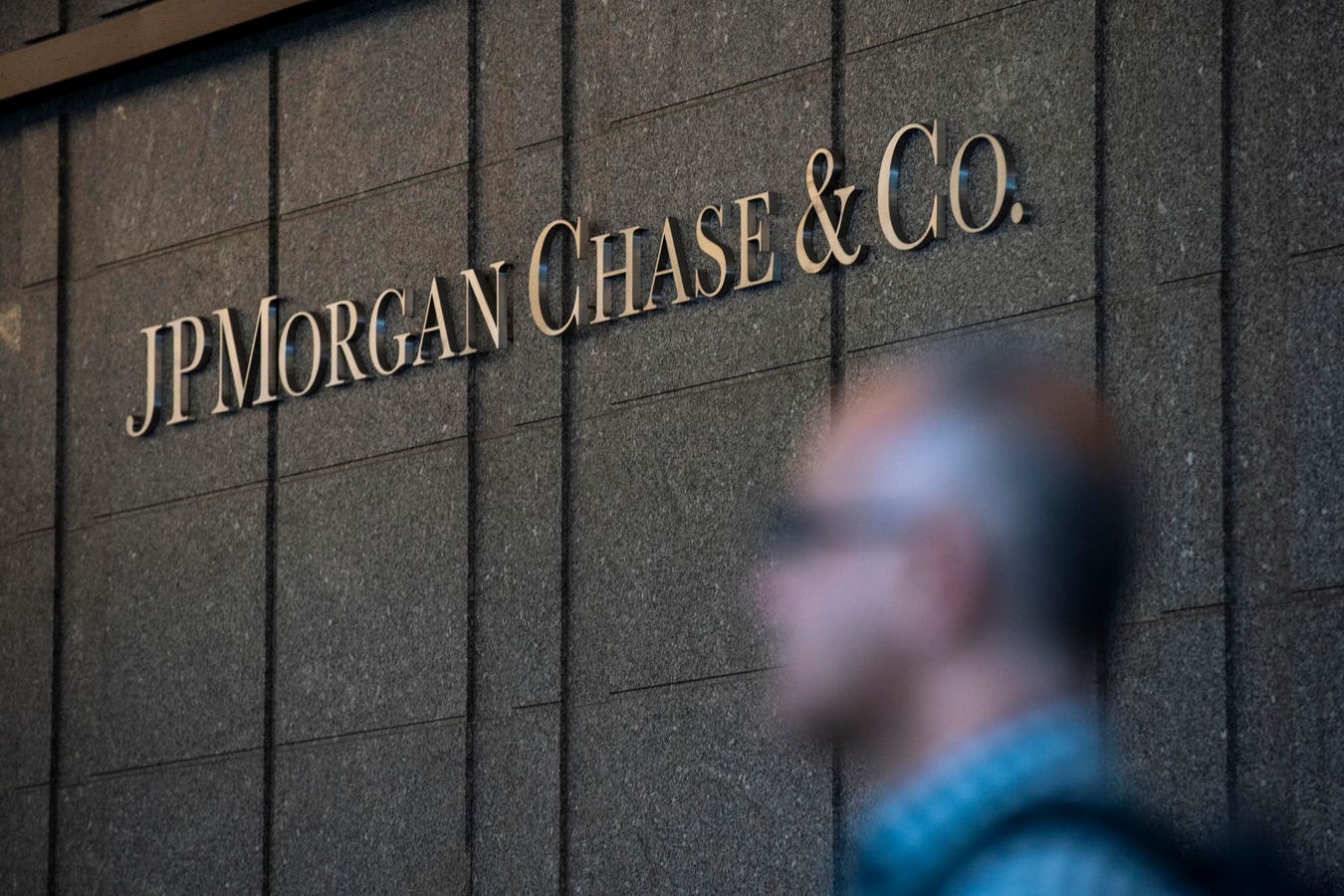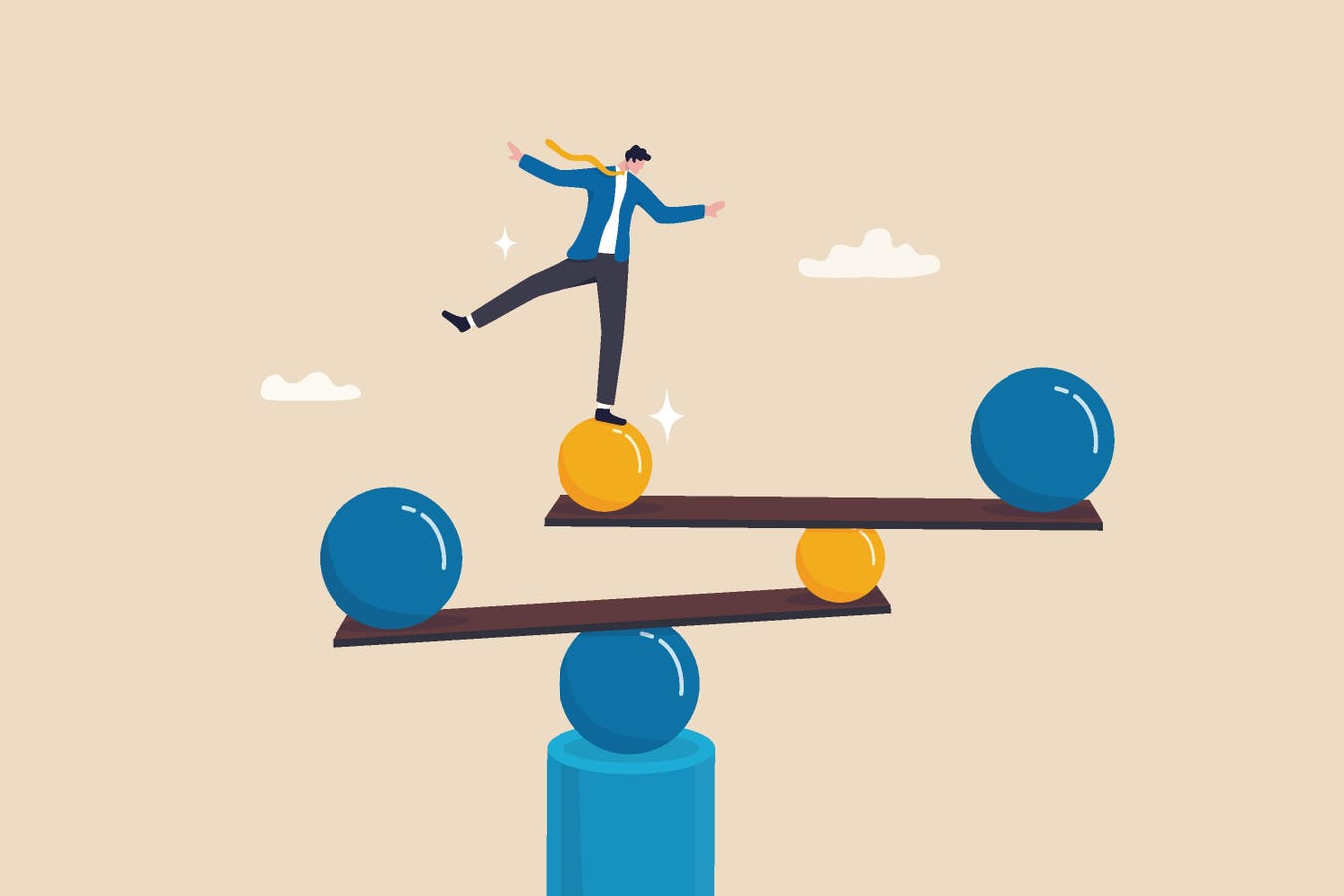U.S. President Donald Trump holds up a chart while speaking during a “Make America Wealthy Again” … More
When public figures take actions that contradict both expert consensus and common sense, we’re left to wonder: what are they thinking?
Two recent examples make this dilemma especially visible: President Donald Trump’s sweeping tariffs and Health and Human Services Secretary Robert F. Kennedy Jr.’s anti-vaccine rhetoric.
To kick off his second term as president, Trump imposed new tariffs on imports from China and other countries, ignoring near-unanimous warnings from economists that such measures would raise prices and stoke inflation. In fact, back in 2018, more than 1,100 economists — five of them Nobel laureates — signed an open letter urging the president to abandon his plans. They argued that these “penalties” on foreign governments actually function as taxes on American consumers, creating long-term risks to supply chains and global trade. Before Trump reversed course, the Congressional Budget Office confirmed their concerns, concluding that just the threat of tariffs had reduced U.S. GDP and increased consumer prices — just as economists predicted.
Yet Trump has insisted the tariffs were “the greatest,” and famously declared, “trade wars are good, and easy to win.”
Similarly, Robert F. Kennedy Jr. has long promoted and clung to debunked theories linking vaccines to autism, a claim repeatedly disproven by large-scale studies and denounced by every major health organization. Under his leadership, the U.S. has seen vaccination rates decline. In Texas, where vaccine exemptions have surged, the state has already recorded hundreds of measles cases and multiple deaths despite the disease being declared eliminated in the U.S. two decades ago.
Both men continue to trust their instincts, dismissing expert consensus even as the evidence — and human consequences — pile up.
So, what explains their unshakable confidence in the face of overwhelming data to the contrary?
To critics, the obvious answer would be ego, stubbornness or just plain stupidity. But psychological research presents a deeper, more insidious explanation — one that doesn’t just apply to politicians and public figures, but to clinicians, as well.
The Psychological Trap
Psychologists call it the Dunning-Kruger effect: a cognitive bias that leads people to overestimate their competence in areas where they lack sufficient expertise.
First described by David Dunning and Justin Kruger in 1999, the phenomenon appears across professions and fields of study. People with limited skill or knowledge not only perform poorly, but they also struggle to recognize their own shortcomings. Paradoxically, they rate their abilities higher than those with far more training and experience.
In one classic example cited in Science Advances, judges frequently misjudge a defendant’s risk of reoffending. In side-by-side comparisons, AI risk-assessment tools significantly outperformed judges, yet the overwhelming majority continue trust their guts over the data.
This is the Dunning-Kruger effect in action: individuals trust their intuition while objective evidence contradicts their personal judgment.
The Twist: Nobody (Including Your Doctor) Is Immune
Physicians see themselves as champions of science and givers of well-reasoned, evidence-based care. They are among the most highly trained professionals in society, and they are quick to criticize the unscientific approaches of leaders like Trump and Kennedy.
Yet when it comes to their own medical practice, doctors are vulnerable to the same psychological traps. In fact, research shows that many overestimate their effectiveness and rely on intuition, particularly in the management of chronic diseases.
In the United States, conditions like type 2 diabetes, hypertension and high cholesterol are manageable, yet remain poorly controlled in more than a third of patients. While these illnesses don’t typically kill on their own, their consequences — heart attacks, strokes, kidney failure and cancer—are among the leading causes of death. According to CDC estimates, improved management of chronic conditions could reduce the incidence of these deadly complications by 30 to 50%.
Physicians learn about the dangers of chronic disease in medical school, and most recognize our country’s failure to control these problems – at least in theory. However, few believe these failures plague their own practices. In fact, research suggests that most clinicians don’t know how well their chronically ill patients are doing because few healthcare systems require or incentivize regular measurement of outcomes. Most believe their outcomes are better than the national averages. The data say otherwise.
The consequences of the Dunning-Kruger effect are more pronounced in medicine than doctors recognize. A review published in Medical Decision Making found that excessive confidence among physicians leads to treatment delays and missed opportunities for intervention. In chronic disease care, this is known as clinical inertia: the failure to adjust therapy when a condition remains uncontrolled. Often, doctors assume patient nonadherence is to blame for the compromised level of control. But experts estimate that clinical inertia, itself, contributes to up to 80 percent of heart attacks and strokes related to diabetes, high blood pressure and lipid disorders.
The problem isn’t that doctors lack expertise. It’s that they overestimate how successful their management truly is. Physicians frequently assume their patients are exceptions to evidence-based protocols and delay making needed adjustments. Rather than acting promptly, they wait for the next scheduled visit, assuming there will be time to intervene. But too often, that opportunity slips by. Small delays compound, treatment changes never occur and patients suffer the consequences.
To be clear, doctors face daunting obstacles: relentless productivity demands, inadequate reimbursement for preventive care and patients who struggle to follow treatment plans. But the medical profession still holds the greatest opportunity to reverse the nation’s chronic disease crisis. And that begins by acknowledging the cognitive bias that may be holding them back.
What Clinicians, Patients Can Do
Overcoming the Dunning-Kruger effect in medicine requires data, curiosity and action. Here are three steps that healthcare professionals can take, including a crucial task for patients, as well:
- Look at your own data. Self-assessment must begin with facts. Choose a sample of patients with hypertension, diabetes or heart failure. Estimate how many have their condition under control. Then compare your assumptions to the actual figures. Benchmark against national data. The gap is likely to be wider than you expect.
- Investigate the gaps. For patients whose conditions remain uncontrolled, treat the problem like a diagnostic puzzle. Was the right medication prescribed? Was it filled? When was the last dose adjustment? If adherence is in doubt, have you had that conversation with your patient?
- Use generative AI as a shared tool for improvement. Platforms like ChatGPT can support both doctors and patients in managing chronic diseases more effectively. Clinicians can recommend these tools to help patients better understand their conditions, explore lifestyle changes and learn what constitutes adequate disease control. Meanwhile, patients can use generative AI to track their health data (e.g., blood pressure, glucose levels), assess whether their condition is on track and, if not, prepare for more informed discussions with their doctor at future visits.
Confronting The Bias
The Dunning-Kruger effect spares no one — not the president, not the Secretary of Health and Human Services, and not physicians. In healthcare, its consequences prove deadly. When clinicians fail to confront their own blind spots, patients’ chronic diseases remain out of control, tens of thousands of people die prematurely, and medical costs soar across the nation. Overcoming cognitive bias is never easy. But when it comes to chronic disease, the price of inaction is far greater.








